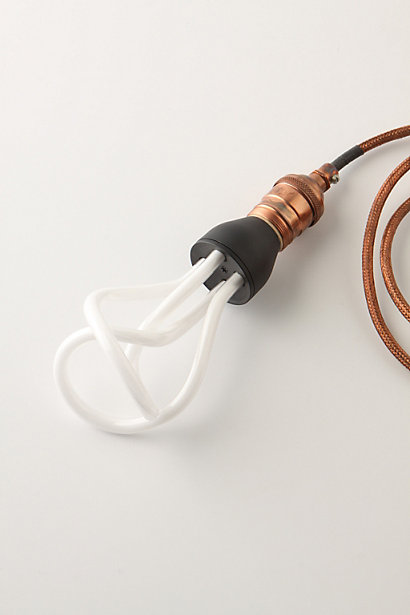A regular model-making material, I hadn't thought about using corrugated cardboard in the the scale found in these two projects I found on Dezeen last week. I came across two interesting projects which utilized cardboard as a interior material, pushing the boundaries past the furniture uses I have seen in the past.
Ameterdam design studio Sander Archiecten created meeting rooms within the main floor of the Rabobank headquarters in the Netherlands, and another dutch designer Jeroen van Mechelen of Studio JVM created a vaulted ceiling detail in the guest room of a mountain Vila in Vals Switzerland. I liked how the interior of the bank uses the inherent texture of the cross section of the cardboard to create and a rhythmic texture up the sides of the cylindrical meeting room. It was also interesting to see the material, associated with all things square and rectangular, stacked and molded to a different form. The shape is echoed in the suspended paper cylinders that diffuse the light from the sky lights above. You do kind of wonder about the fire safety and what not of this paper filled interior, but whats the fun in that?
I also liked this Vila in Switzerland. Mainly I thought it was interesting to see a traditionally structural detail recreated in a clearly non-structural material. Generally (I think at least) the beauty of a detail such as this is born from the structural necessity of the form, the physics mandating a balanced and well proportioned design. The designer created a theoretical structure to give this superficial addition structure and reason, by using the cardboard to materialize existing the conditions on the house such as the contour of the surrounding mountain and existing radials of the patio, the designer created a 3 dimensional matrix which served as a starting point for the ceiling detail. The way this detail reflect the conditions prevents it from looking completely contrived (even though by definition it is). This detail is pulled to the floors to create a unique shelving solution.
Images and projects via Dezeen.




















































